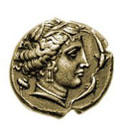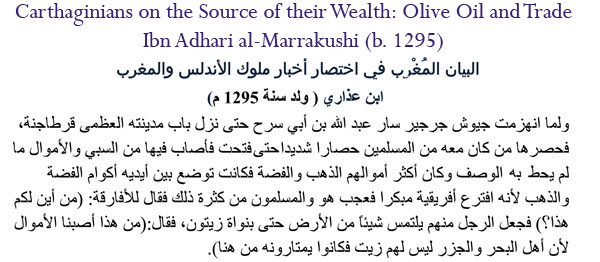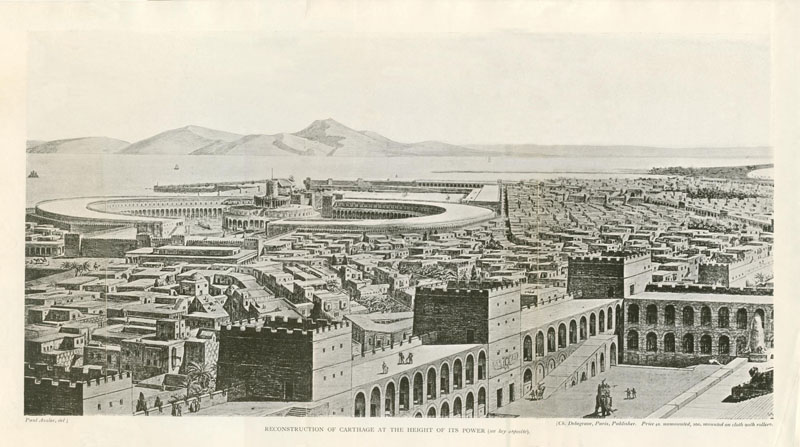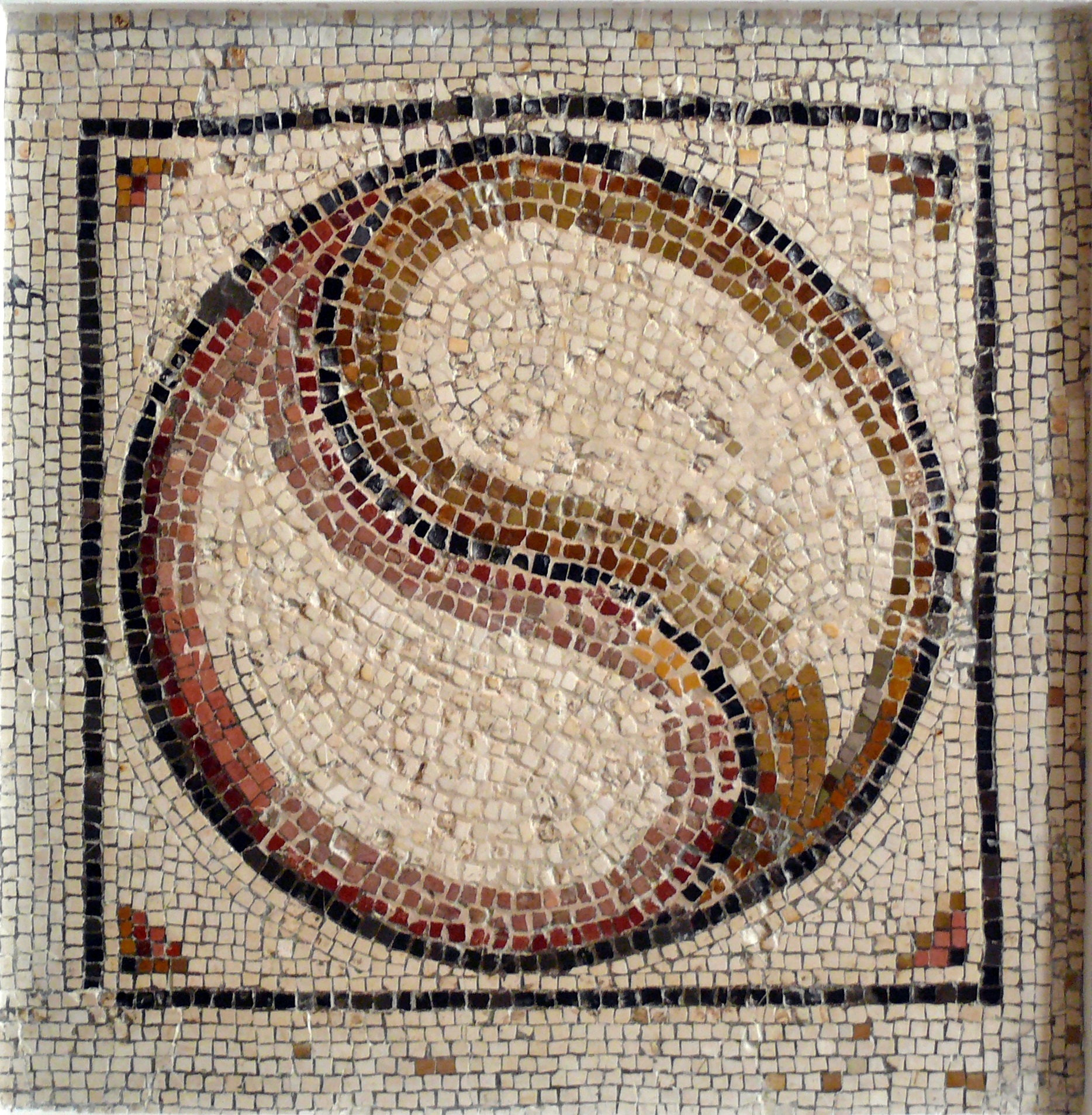


INTERNATIONAL CONFERENCE ON THE ISOPERIMETRIC PROBLEM OF QUEEN DIDO AND ITS MATHEMATICAL RAMIFICATIONS
The Founding Myth of Carthage |
Le Mythe fondateur de Carthage |
|
The myth is rooted in a moving account, of very high literary tenor, produced in a period when historical narrative was striving to adopt the form and style of literature. We have at hand bits of information relative to the circumstances which preceded the birth of Carthage: Pygmalion's ascension to power and his becoming king of Tyr, the assassination of Acerbas, high priest of Hercules/Melqart, the escape of Dido-Elissa, facilitated by Tyrian senators, the brief recess in Cyprus, the rapt of the virgins, the consultation with the priest of Jupiter or Juno (depending on the source), the ox-hide ruse, the encounter with a delegation from the more ancient settlement of Utica, choosing the location of the new city, the passion of King Jarbas for the Tyrian princess, and finally the death of the heroine foundress of Carthage. Prof. Dr. Mhamed Hassine Fantar |
Il s'agit donc d'un récit émouvant et d'une très haute teneur littéraire, produit d'une époque où la narration historique s'évertuait à adopter les moules et les artifices de la littérature. Il s'agit en somme d'une série d'informations relatives aux circonstances qui eussent présidé à la naissance de Carthage. Le récit décrit le déroulement des faits dans leurs successions : l'avènement de Pygmalion, roi de Tyr, l'assassinat d'Acerbas, prêtre d'Hercule/Milqart, la fuite d'Élissa soutenue par des sénateurs tyriens, l'escale à Chypre, le rapt des vierges, le consentement du prêtre de Jupiter ou Junon (selon les manuscrits) de se joindre aux compagnons de la princesse et de s'associer au projet, l'arrivée en Afrique, le contact avec les autochtones, la ruse de la peau de bœuf, la rencontre d'une délégation venue d'Utique, le choix du lieu pour la nouvelle cité, la passion du roi Hiarbas pour la princesse tyrienne et enfin la mort de l'héroïne fondatrice de Carthage. Pr. Dr. Mhamed Hassine Fantar |


|
|

|

|

|

|

|

|